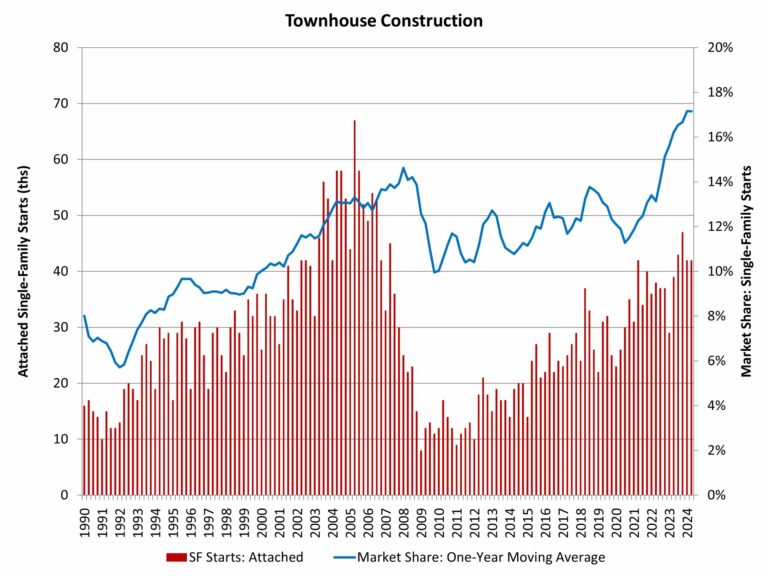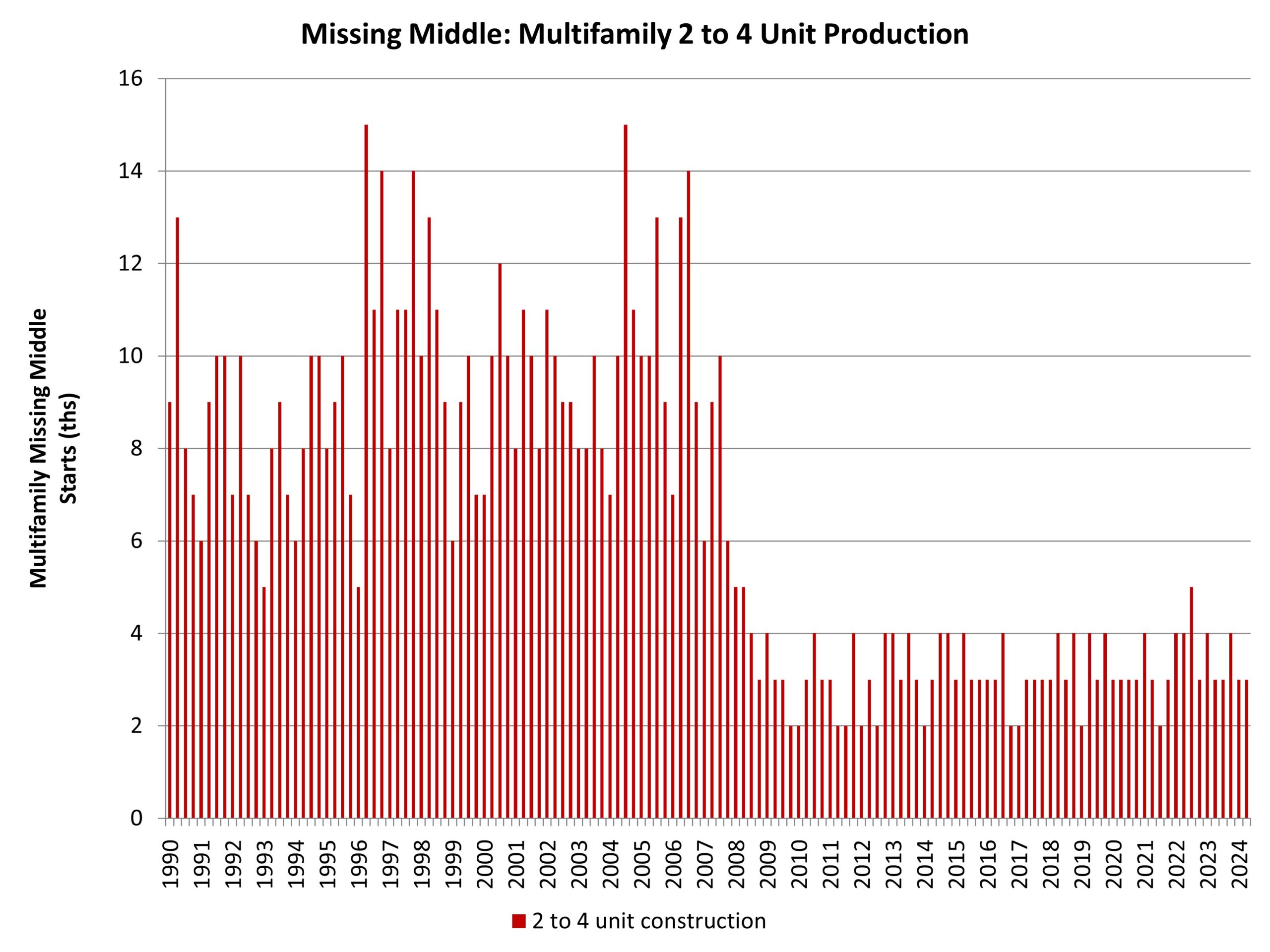Home price growth continues to decelerate, according to the recent release of the S&P CoreLogic Case-Shiller Home Price Index (HPI). The S&P CoreLogic Case-Shiller HPI increased at a seasonally adjusted annual rate of 1.89% for June 2024, slowing from a revised rate of 3.28% in May. Home prices have not seen an outright decrease since January of 2023. However, 1.89% is the smallest growth in prices since February of 2023. Additionally, the growth rate has shown a generally declining trend since a peak of 9.76% in August 2023.
Meanwhile, the Home Price Index released by the Federal Housing Finance Agency (FHFA; SA), recorded a decline in home prices for June. The index declined at an annual rate of -1.04% for June, decreasing from a revised 0.51% rate in May. The FHFA Index has experienced just one other decrease since August of 2022, with a decline of -1.03% in January 2024.
Year-Over-Year
Home prices experienced a fourth year-over-year deceleration in June, tabulated by both indexes. The S&P CoreLogic Case-Shiller HPI (not seasonally adjusted – NSA) posted a 5.42% annual gain in June, down from a 5.94% increase in May. Since June of 2023, the index has seen steady increases in the year-over-year growth rate. However, this growth rate began slowing in March of 2024 and has continued to decelerate through June. Meanwhile, the FHFA HPI (NSA) index rose 5.23%, down from 5.95% in May. This rate has decelerated from 7.19% in February.
By Metro Area
In addition to tracking national home price changes, the S&P CoreLogic Index (NSA) also reported home price indexes across 20 metro areas in May. At an annual rate, five out of 20 metro areas reported home price declines: Phoenix at -3.02%, Portland at -2.90%, Dallas at -0.69%, Charlotte at -0.56%, and Miami at -0.03%. Among the 20 metro areas, thirteen exceeded the national rate of 1.89%. Seattle had the highest rate at 10.80%, followed by San Diego at 9.18%, and then Los Angeles at 7.89%. The monthly trends are shown in the graph below.
By Census Division
Monthly, the FHFA HPI (SA) releases not only national data but census division data as well. Out of the nine census divisions, seven posted negative monthly depreciation (adjusted to an annual rate) for June, ranging from -7.59% in the Mountain division to -0.82% in the Middle Atlantic. The remaining two divisions with positive home price appreciation were East South Central at 8.66% and the South Atlantic at 3.09%. The FHFA HPI releases its metro and state data on a quarterly basis, which NAHB analyzes in a previous post.
Discover more from Eye On Housing
Subscribe to get the latest posts sent to your email.
This article was originally published by a eyeonhousing.org . Read the Original article here. .



